
by Sanjoy Dutta | Jun 28, 2024 | Blog, Corporate Training, IT Training
Full Stack2.0 with Angular Training offers a comprehensive training schedule which designed to build robust, strong web applications efficiency, java systems and Angular frame. This training aims to not only help professionals but also manage the progress of whole software development services. Technology and tools help to develop effectiveness. Thought Process Organisations offers Devops training. They are a consulting and training company based in Kolkata,Kolkata known for a large range of IT and soft skills professionals.
A whole overview of the purpose of This training, including their procedures for the integration of software development and IT corporations. There are several important reasons why this type of training is becoming increasingly popular in Kolkata. especially this sector, which is growing, as is the IT industry.
Key objectives of JEE full stack 2.0 Angular
Primary objectives of this training in the Organisations are improving and increasing the development of IT fields, and their impact helps to achieve faster solutions to problems. This training helps to understand students efficiency and potential so that they can explore their skills in these fields.

JEE Full Stack 2.0 with Angular Training in Kolkata
Course: The JEE full stack course mainly provides the understanding and fundamentals of the of the advanced concept of JEE, learning the principles of Angular using, learning fronted technologies, and full stack applications. This training course offers practical assignments.
Course Modules: Introduction to Full-Stock Development: This module covers an overview of full-stack development and the role and technology of a full-stack developer.
Module 2: This module offers an introduction to JEE, an understanding of JSP, JPA, EJB, and Java RS. It also covers dependency injection with context and dependency.
Module 3: This module covers an overview of Angular and its development, Angular architecture, data binding, navigation, forms, and validation.
Module 4: This module offers how to create Angular projects by consuming REST, PIS,, building, and Angular application processes.
Module 5: This module covers how to handle CORS, conduct authorization, and build web sockets.
Module 6: This module is totally based on project work-building with JEE developing strategies. CI and CD development applications.
Certification: The learner will receive certification after finishing the training by training organisations.
Certificates and Testimonials:
Certification after this course is very fruitful for every student. Students who are potentially improved by their skills are given a great chance to relish their careers in IT fields. Many programmes like CI and CD might prepare students for globally recognised certificates like AWS certificates in Devops Engineering fields, associate engineers, and certified associates.
Admission Process for Training Organisations:
Training Organisations in Kolkata provides data on how to enrol in these programmes, including some knowledge of software development and management. They also noted their fees, entrance fees, interviews, etc.
Feedback and Review:
This training programme is very effective for students. Training, job placement rates, and skill acquisition with industrial demands are very appreciative. This training could help potential students make vital decisions.
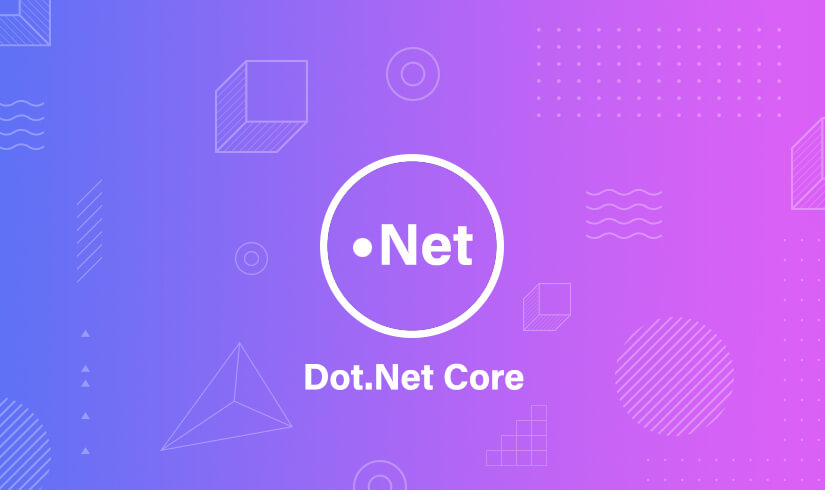
by Sanjoy Dutta | May 2, 2024 | Blog, Corporate Training
NET Core Corporate Training Programme for Employees is an organised and structured programme aimed at teaching employees the fundamentals and advanced concepts of NET core development. It is necessary training for corporate employees who have enhanced their skills. Thought Process Organisations conducted this training in an efficient manner.
Core Module Content of the Training Programme by Thought Process Organisations:
The core modules of NET core training basically cover several fundamental areas.
- Introduction to the NET Core:
This module covers a brief description of the NET core framework. Also covers a difference between traditional NET frameworks. Various key features and advantages of NET Core.
This module basically covers the basic syntax and a large description of the C language. Data types, variables, operators, etc. are noted in this module. Various control flow statements like if else, switch, loop, etc. How to use this programming language in the corporate field is also covered in this module.
The full form of object-oriented programming is available in these training modules. Classes, objectives of OOP and memory management, and abstract classes also noted these modules.
- ASP.NET Core Web Development:
This module covers a total introduction to ASP and NET Core, how to build web applications, MVC patterns, etc. How to create a dynamic page is also noted in this module.
- REST APIS with ASP.NET Core:
This module covers REST architecture details and its principles. A detailed description of HTTP methods, status codes, etc. This module provides an overview of JSON and XML formats.
This module provides a clear idea about packaging applications for deployment and continuous integration. A continuous deployment overview is described here. Use of Dockers and Azure AWS ideas.
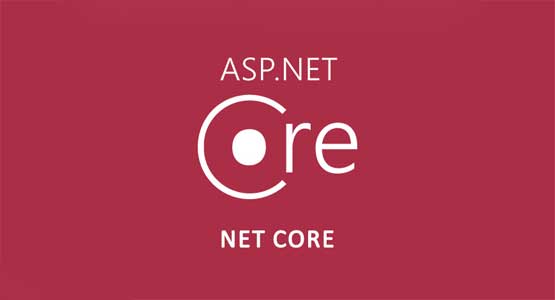
Practical Application:
A NET core training course by thought process organisations helps to simulate projects and helps to understand real-world scenarios to apply theoretical knowledge in the practical field. It’s about coding practice, handling strategies, code organisations, etc.
Security in NET Core Applications:
Authenticating and authorising data systems and also maintaining logging and monitoring are part of this training program. Enhance the performance the performance of optimisation techniques.
Advance Training by Thought Process Organisations:
Thought Process Organisations conduct advanced technology in the NET core training field. Thought process organisations provide strategic services that enhance the efficiency of coding system operations. In-depth understanding of security measures is relevant to NET core systems.
Assessment and Certification:
Regular quizzes and tests are available here to progress skills. Upon completing this course, thought-process organizations will issue a valid certificate in mainframe operations.
Continuing Education and Support:
Webinars and workshops are available here. Online and offline, both resources and expertise are available here for post-training support.
Feedback:
Thought Process Organisations collect feedback from participants to enhance the NET Core Corporate Training Programme for Employees and regularly update training content, technological advancements, etc.This training programme is important for corporate employees in the competitive field, ensuring their skills and keeping them ready for a competitive field.
Contact ID: info@thought-process.in
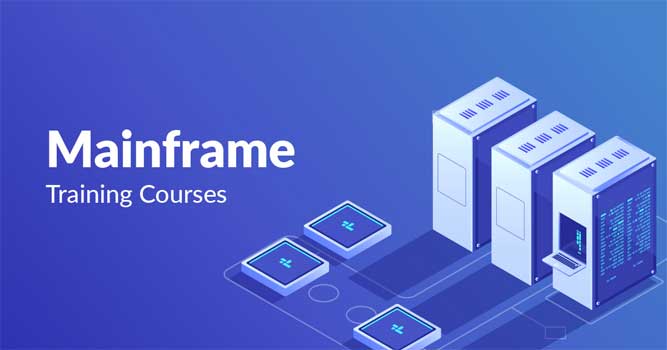
by Sanjoy Dutta | May 2, 2024 | Blog, Corporate Training
Mainframe Training for Corporate Employees are involves learning the necessary skills and knowledge to operate, maintain, and develop applications for, especially, Mainframe computers. Mainframe computers are mainly used for large and critical applications, heavy data processing, and large-scale transaction processing. It is a important valuable course for corporate employees. Thought Process Organizations conduct them very systematically.
Core Modules Content of the Training Program by Thought Process Organisations
The core modules of Mainframe training basically cover several fundamental areas.
- Mainframe Architecture: This module introduced the unique design of physical and logical systems in Mainframe systems. A detailed study of storage solutions, networking activities described this modules.
-
Operating System: This module covers z/OS, VM, and IBMZ systems. We noted comprehensive training on the IBM operating system, installation services, configuration, management, etc. Learn management capabilities of operating system and understand the implementation Linux on Mainframe hardware.
-
Programming Language: This module covers various programming languages such as COBOL, JCL, REXX, ASSEMBLER, etc. This programming language mainly helps business-oriented, finance-oriented, and administrative systems.
- Database Management: This modules helps to know Database design, SQL coding, IBM information systems, critical database management systems etc.
- Transaction Processing: This module covers a detailed overview of CICS and IMS. Customers information control systems include a transaction server that runs Mainframe systems. Learning details about the transaction management of IMS.
- Security: This module helps to understand managing user access and its privileges. An encryption system can help maintain systems. Data protection techniques for securing database transit are both noted in this module for increasing skill.
- Resource Optimising: Some techniques that ensure the growth of system resources and the efficient use of system resources are available in this module. Identifying the problem and resolving it is part of these resource-optimising modules.
Practical Application:
A mainframe training course by thought process organisations helps to simulate projects and help to understand real-world scenarios to apply theoretical knowledge in the practical field.
Advance Training by Thought Process Organisations:
Thought Process Organisations conduct advanced technology in the Mainframe training field. Though process organizations provide strategic services that enhance the efficiency of mainframe operations. In-depth understanding of security measures is relevant to Mainframe systems.

Assessment and certification:
Regular quizzes and tests are available here to progress skills. Upon completion of this course, a valid certificate will be given by thought process organisations in mainframe operations.
Continuing Education and Support:
Webinars and workshops are available here. Online and offline, both resources and expertise are available here for post-training support.
Feedback:
Thought Process Organisations collect feedback from participants to enhance the training programme and regularly update training content, technological advancements, etc. The training programme of Mainframe Corporate Training for Employees in the Mainframe field, ensuring their skills and keeping them ready for a competitive field.
Contact ID: info@thought-process.in

by Sanjoy Dutta | Jan 29, 2024 | Corporate Training
SAP’s programming language has played a pivotal role in the ERP giant’s products over the years. As the software company transitions to its next-generation S/4HANA suite of cloud and on-premise solutions, many existing ABAP applications will need to be updated for the new platform.
While ABAP can still run on the HANA database, there are some fine points to take into consideration when coding on this new system. Specifically, ABAP on HANA can be more efficient with a few code changes.
The SAP ABAP programming language has been used to create software for more than three decades. Its use is widespread in the enterprise, with thousands of developers coding for SAP customers and consulting companies. It’s also one of the most popular computer programming languages, frequently appearing in Tiobe’s rankings.
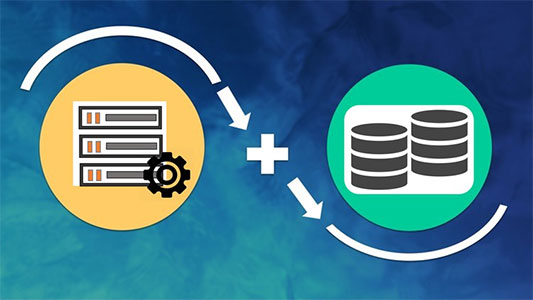
Until recently, most SAP systems ran on a legacy system called the ERP R/3 or ERP ECC, which was based on ABAP. When SAP introduced its next-generation S/4HANA solution in 2015, the software company rolled multiple aspects of the previous ERP processes into a single suite with its own modern user interface and analytics tools. It also shifted to an in-memory database named SAP HANA, which has become the foundation for SAP’s next-generation solutions.
With the introduction of S/4HANA and SAP HANA, SAP rewrote its entire product lineup with an emphasis on advanced analytics and machine learning. The new solutions offer a more user-friendly SAP Fiori user experience and support functions such as embedded analytics, robotic process automation, artificial intelligence, and the CoPilot digital assistant. However, S/4HANA does not yet support some key ABAP features such as OLAP and ad hoc querying.
In addition to a more modern user experience, S/4HANA and SAP HANA offer significant improvements in performance, scalability, and usability. Specifically, they are more responsive and allow for data-centric UI operations such as sorting, grouping, or aggregation to be performed directly on the database layer rather than the traditional UI. They also support column-based storage, data aging and dynamic tiering, provisioning capabilities, and high availability and disaster recovery.
ABAP on SAP HANA offers improved coding techniques that make the most of the powerful in-memory database. For example, the new ALV with IDA feature provides an in-memory optimized variant of the ALV re-use component that allows for the delegating of all data-centric UI operations to the database. As a result, the UI can be refreshed much more quickly.
Additionally, ABAP on SAP HANA improves the efficiency of ABAP by allowing developers to logically separate SQL retrieval and application processing. This is accomplished by introducing concepts such as ad hoc querying in CDS, AMDP, and OpenSQL for ABAP on HANA. In addition, the ABAP on HANA Optimizer checks for Native SQL statements in ABAP programs, explicit DB sorting, and implicit DB sorting to ensure that ABAP code is agnostic of the underlying database. This makes the migration from ABAP on NetWeaver to ABAP on SAP HANA easy for any experienced ABAP developer.
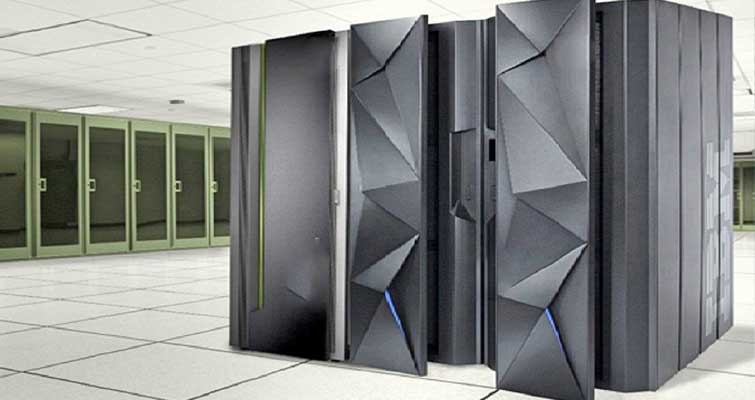
by Sanjoy Dutta | Jan 20, 2024 | Corporate Training
Advantages of a Mainframe Computer can be very complex to operate and update, so they’re usually operated by specialized staff. But they also offer a high level of performance and security, making them an attractive choice for businesses with data-intensive needs.
Mainframes are large, powerful, and centralized computers used by large organizations to process business-critical data on a massive scale. They’re particularly important to financial service providers who need to quickly and continually process huge transaction volumes. They’re also used by insurance companies, retailers, and credit card companies.
One of the reasons mainframes have such a long lifespan is their scalability. They can replace dozens or hundreds of servers and consolidate their computing power into one machine, which makes them ideal for handling heavy workloads that would overload standard server hardware.
Another reason is their resiliency. Mainframes can handle massive amounts of data and transactions without slowing down or crashing, which allows them to continue processing critical information even during times of emergency. They’re especially helpful in situations like when a disaster like an earthquake or hurricane destroys the hardware in other server rooms. With a mainframe, it’s possible to restore the system’s workload from a remote backup in just a few hours.

Advantages of this Mainframe Computer
The resiliency of mainframes is also evident in the way they handle data transfers and storage. The machines have a very high memory capacity, which makes them capable of processing a massive amount of information at once. They’re also able to transfer large files between different locations with minimal downtime. This Advantages of a Mainframe Computer is highly regulated in industries like healthcare and banking, where the protection of confidential patient data is paramount.
A key feature of mainframes is their ability to run multiple operating systems simultaneously. This allows them to take advantage of a wide variety of software and applications, which improves performance and efficiency. For example, a mainframe can host the operating systems z/OS, z/VSE, Linux for System z, and z/TPF at once. Each of these platforms can have its logical partitions on the same physical machine, which eliminates memory limitations and improves speed.
Moreover, mainframes have extremely secure architectures and encoding capabilities. This gives them the heightened level of security needed by banks and government offices.
The mainframe’s resiliency is why many organizations have trouble moving away from it. It’s expensive to migrate to a new platform, which can take years and require significant investment in new software. Additionally, the mainframe market is dominated by just a few vendors like IBM and Unisys. This means that if those vendors raise prices or discontinue the product line, customers are left with little leverage.
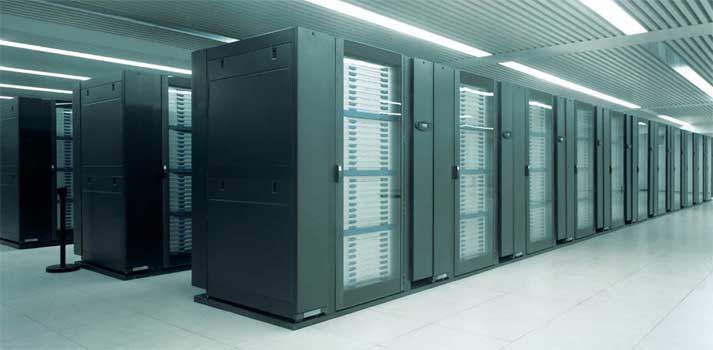
by Sanjoy Dutta | Jan 12, 2024 | Corporate Training
The importance of a mainframe computer is often overlooked. While PCs, tablets and the cloud get all the attention, the big iron is still doing heavy lifting in data centers around the world. The reason why is a bit surprising. In fact, the mainframe is probably the single most important tool your organization has to keep itself in business well into the future.
The term “mainframe” is a little confusing. It’s both an important part of the history of computers in general and a specific and rapidly disappearing type of modern hardware. When they were first invented, mainframes were incredibly expensive and huge. You could only find them in dedicated rooms/facilities and employees had to sign up for time slots to use them.
Over the years, mainframes have become more affordable and smaller. They’re also more multipurpose and capable of a wide range of tasks. However, the size of a mainframe and the technology involved means that they are still much more costly than distributed servers.
When IBM introduced its first mainframe in 1958, it cost about $100,000 to build. That’s equivalent to about $1 million in today’s dollars. When you add in specialized OS and database software, maintenance fees, and expert staff, total costs routinely run into the millions. But the high quality of a mainframe system, coupled with the ability to store massive amounts of data, make it worth the investment.
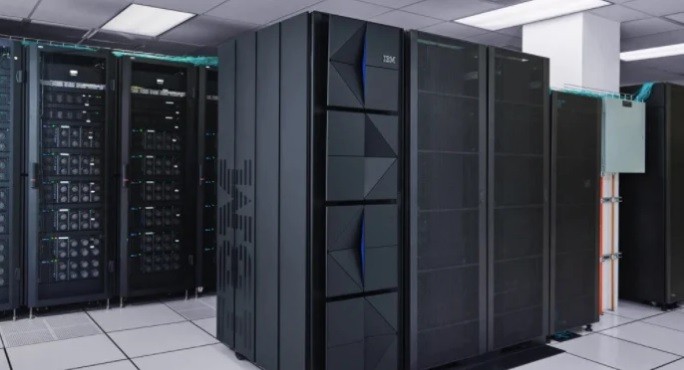
Another reason why mainframes are so important is that they offer a level of reliability and stability that’s hard to match. Unlike desktop computers and even the latest servers, which are vulnerable to failures and viruses, mainframes can go for long periods without ever stopping or slowing down. Their mean time between failures (MTBF) is measured in decades.
Moreover, the multipurpose nature of a mainframe allows it to handle a large number of different applications and tasks at once. This makes them ideal for processing real-time business transactions. The scalability of mainframes also means that they can be easily expanded or modified to meet increasing demands. This is particularly useful for organizations that have to deal with a sudden influx of customers or other variables.
A final benefit of mainframes is that they are designed to protect data security. By storing data and programs on a single system, administrators can enforce security policies and prevent unauthorized access. They can also allocate processor time and resources among logged-in users so that certain types of work have priority over others.
Suppose you’re looking for a platform that can deliver high pure CPU and I/O processing power, top-tier security, flexibility, scalability, and a cost-effective solution. In that case, the mainframe is a clear choice. It’s no wonder that multibillion-dollar companies rely on it to help them survive in the modern business landscape.












